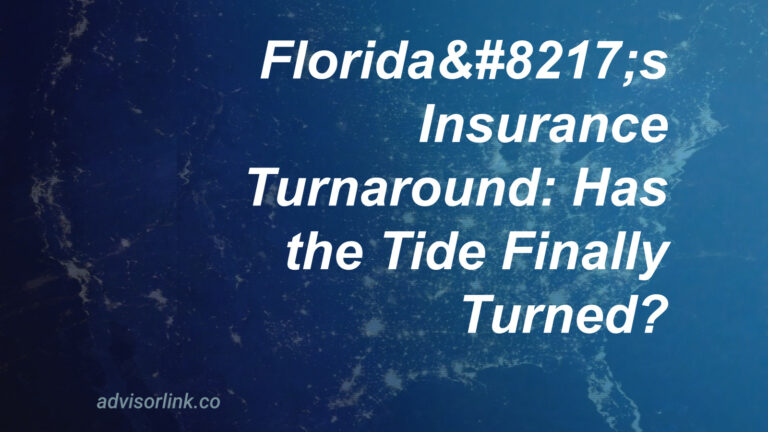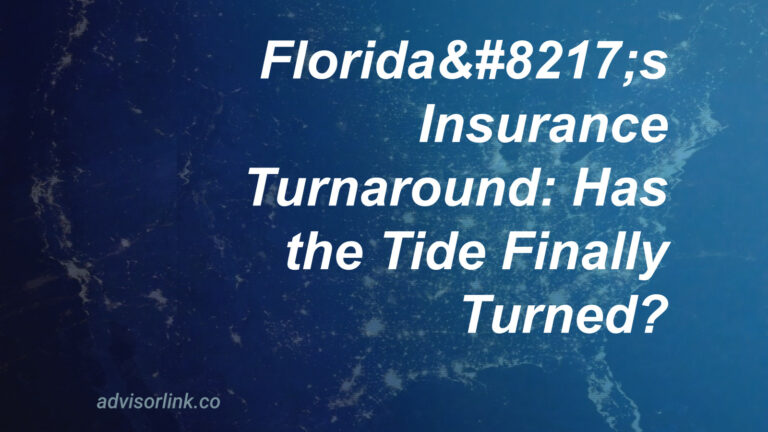Here’s the article:
California’s Insurance Quandary: A House on Shaky Ground
Is the California insurance market facing a crisis, and if so, what does it mean for the average homeowner? The answer, my friends, is a complex one, a story etched in fire and framed by regulations, where the American dream of homeownership is increasingly under threat.
Is Wildfire Raging Out of Control, and What Does it Mean For Your Insurance?
The flames, the smoke, the inferno – wildfires, in all their destructive power, are reshaping the landscape, both literally and figuratively. In places like Pacific Palisades, the fire’s shadow looms large, and the insurance companies, those protectors of our homes, are pulling back. State Farm, a name synonymous with security for generations, is one of many insurers hesitant to offer coverage. Their fears, and frankly, their shareholders’ concerns, are understandable. The costs are spiraling. The risks – *wildfire risk*, it is called – are escalating. The economic impact, a staggering figure, could reach $150 billion in losses due to recent blazes. Over 100,000 Californians have seen their insurance policies vanish since 2019, swept away by the winds of change, leaving many to seek solace in the California FAIR Plan. The California FAIR Plan, is the insurer of last resort, but offers limited protection.
Is a Regulatory Response Underway, and Will It Help?
Our elected officials, and California Insurance Commissioner Ricardo Lara at the forefront, are not standing idly by. New regulations are taking shape, aimed at shoring up the foundations of the market. Insurers are now being told they *must* increase coverage in high-risk areas – a move designed to keep the marketplace afloat. There is a catch, however. The state will allow insurers to pass along their reinsurance costs to consumers. This might make the premium, the monthly payment, that keeps your home safe, even steeper, but not every homeowner is in a high risk area. This situation is not without precedent; similar challenges are being played out across the nation, in Florida and Louisiana, where climate disasters are rewriting the rules of the game.
What Are the Broader Economic and Social Implications?
Is the California insurance situation an isolated incident, or a warning of a national problem? The latter, I tell you. The unfolding drama in California is a reflection of our changing climate, a harbinger of the storms to come. The cost, my friends, is not merely measured in dollars and cents. It’s the emotional toll on homeowners, the fraying of the social fabric, the growing sense of uncertainty that casts a shadow over the future. Homeowners, or residents, are struggling. Small business owners are struggling. And the California FAIR Plan, an important tool, is becoming overtaxed.
Are There Common Misconceptions About This Crisis?
Is it true that all insurance companies are solely to blame for rising premiums? The answer is a complex one. While some insurance companies could likely adjust their practices, the underlying forces at play are larger and more significant. Climate change, increased wildfire frequency, and rising construction costs also play a role, so the reality is more complex. Is the FAIR Plan a perfect solution? No. It provides a degree of coverage, but homeowners should fully understand the policy before depending on it. Not all homes are created equal.
The Situation, Folks, Is This:
The California insurance market is in a state of flux. The crisis is rooted in the rising frequency and severity of *wildfires* and the actions being taken to respond. The homeowner, in this unfolding drama, is caught in the middle. This situation demands our attention, our vigilance, and our action, lest the American dream turn to ash. The story is not over, not by a long shot. And we, the people, are the ones who must write the ending.
Disclaimer: General Information & Accuracy
This blog provides general information and discussions about insurance and related subjects for informational purposes only. It is not intended as professional advice, including but not limited to financial, legal, or medical advice. We strive for accuracy, but laws, regulations, information, and best practices constantly evolve, and unintentional errors can occur. Therefore, we make no warranties about the completeness, accuracy, reliability, or suitability of the blog content. Always consult with a qualified professional for advice tailored to your specific situation. Any reliance you place on this information is strictly at your own risk.





